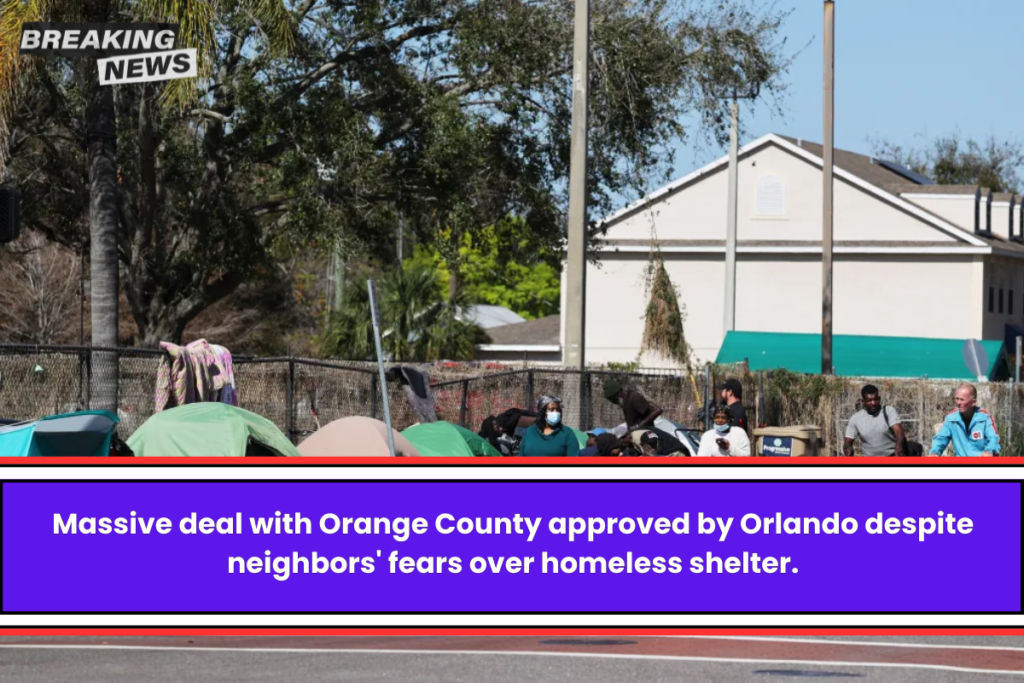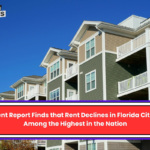Even though there was a problem at the last minute, the Orlando city council approved a broad agreement with Orange County on Monday. This deal stops the planned annexation of the huge Deseret Ranch.
As annexed, 80 square miles of rural ranch and farmland would have become part of the city. For weeks, it looked like the plan would be quickly approved.
But behind the scenes, leaders from the city and county quietly worked out a deal that resolved a number of contentious problems that had been causing them to fight. These included annexations, recycling, and, most importantly on Monday, homelessness.
The deal was passed by the city council by a vote of 5-2. Commissioners Tony Ortiz and Jim Gray were against it.
Some people were against the deal at the last minute because it called for the city to rent the dormitory part of the county’s Work Release Center for inmates on Kaley Street for $1 per year for seven years, starting in 2025.
The huge building south of downtown Orlando has been eyed by city leaders for a long time as a homeless shelter, in part because of its size, layout, and position. It is close to downtown, but not in Parramore, which is where most of the homeless services in the area are already based.
The transportation is close by. Still, on Monday, about a dozen people who were against the new shelter spot south of downtown gave the council a hard time.
James Krawczyk, who lives close, said, “I trust you know in your heart that this is a very bad deal for SODO.”
It can be hard to open new shelters for the homeless because companies and people who live in the area often object. A plan for a new shelter on Washington Street, west of downtown, was put on hold in part because of this kind of opposition.
The vote on Monday does not mean the shelter is officially approved, but it does mean that the city can keep looking for a spot on Kaley Street.
Lisa Portelli, who works out of the city and helps Mayor Buddy Dyer with homelessness, said, “It is the perfect building.” “The way it is built will let us keep the facility use away from the neighborhood.”
She said it would not have the same effect on the streets around it as other overnight shelters do because it will be open 24 hours a day and people staying there would not have to go out into the community during the day.
They will have less of an effect on the neighborhood because they have a place to stay, a place to go, and a place to get all of the health services, she said.
She said that Work Release Centers in Alachua and Pinellas counties have been turned into these kinds of homes in the past.
Before the building can be used, it needs major repairs to the roof, HVAC, water heaters, and other expensive parts. These repairs should take about a year.
A sharp rise in homelessness in Central Florida and a new law in Florida that requires cities and counties to ban public sleeping and quickly clear encampments show how important the problem is.
As required by federal law, the most recent point-in-time count of the region’s homeless found 1,201 people sleeping outside or in cars in Orange, Seminole, and Osceola counties on a single night in January. That is more than twice as many as were counted the previous year.
About 1,100 shelter beds in the area are full almost every night. To house all the people who are sleeping outside without a place to stay, existing capacity would have to be about doubled. Dyer and other leaders of the city of Orlando have pushed for other governments to do the same.


